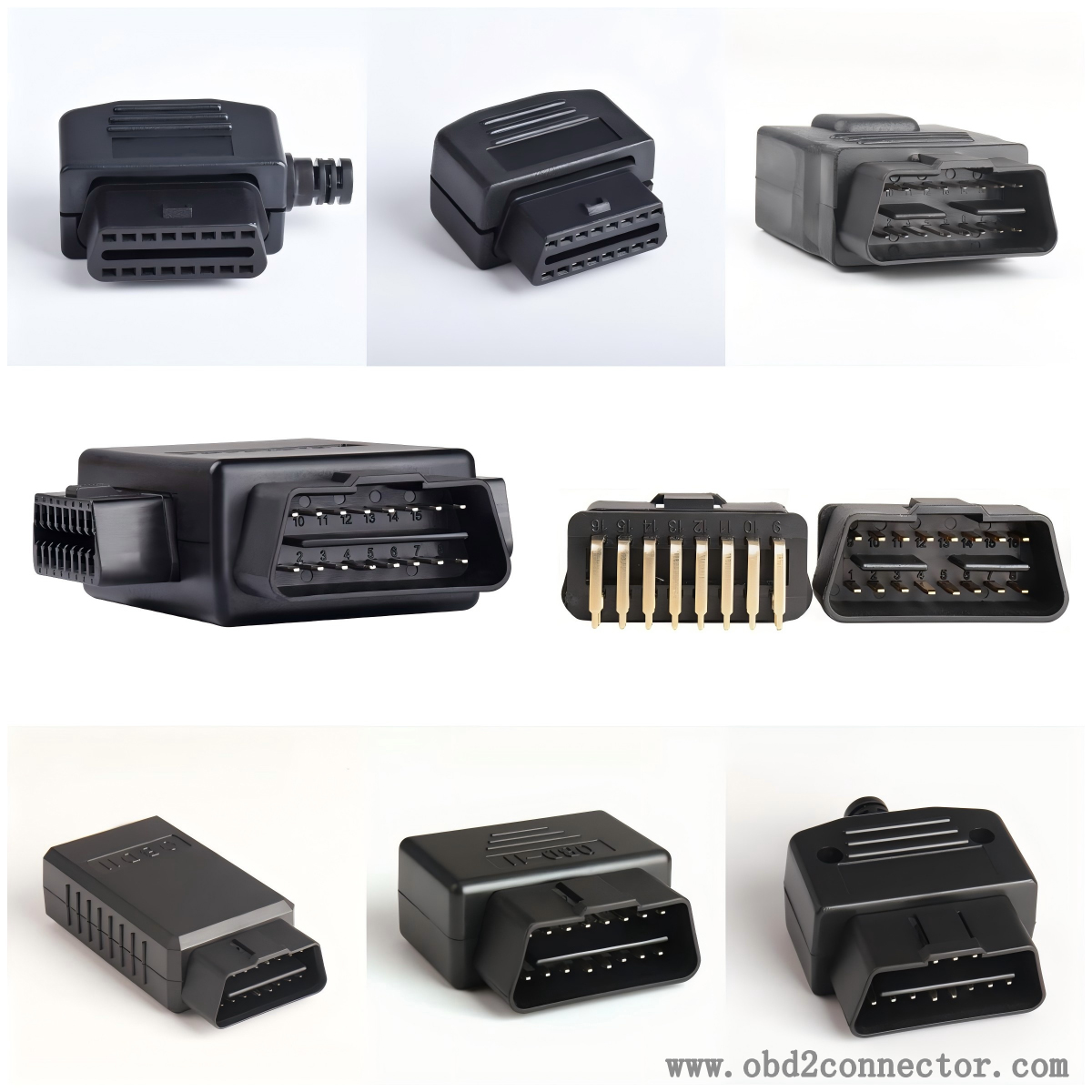Physical adaptation and installation precautions of right angle OBD2 connector
The right angle OBD2 connector optimizes spatial adaptability through its special design (90 ° bend angle perpendicular to the socket), but the following key points need to be noted during installation, use, and maintenance to ensure equipment compatibility, data transmission stability, and vehicle safety:
Physical adaptation and installation precautions
Space matching verification
Pre installation inspection: Measure the space around the OBD2 interface of the vehicle (height, depth, distance between adjacent components) to ensure that the bent part of the right angle connector does not interfere with the dashboard, wiring harness, or other structures.

Insertion and extraction force control
Avoid violent operation: Right angle bending may increase insertion and extraction resistance, and vertical force should be applied and operated slowly to prevent deformation of the interface or connector pins.
Tool assistance: If the interface is too tight, a plastic pry bar with anti slip pads can be used for assistance, but metal tools (such as screwdrivers) are prohibited to avoid scratching the interface.
Fixed and anti loosening
Auxiliary fixation: For diagnostic equipment that is used for a long time, cable ties or 3M double-sided tape can be used to fix the connector to the structure near the interface to prevent loosening due to vehicle vibration.
Cable management: Route the cables from the connectors along the edges or gaps of the dashboard to avoid them being pinched or worn by the car doors.